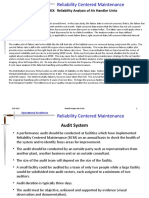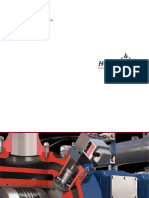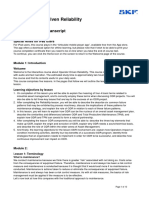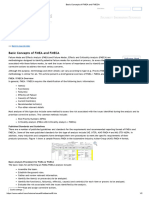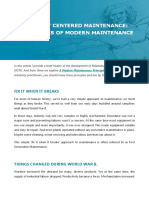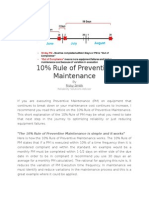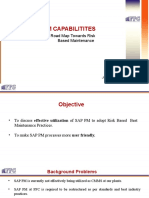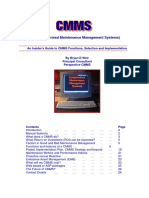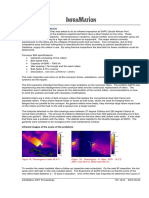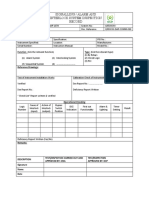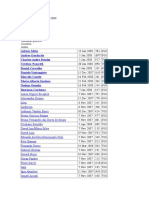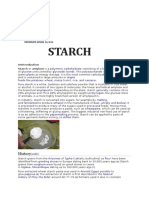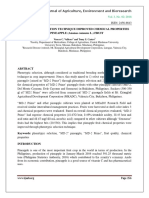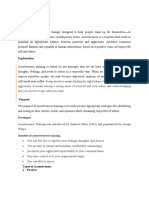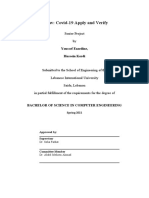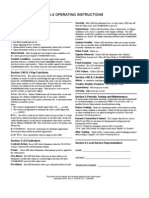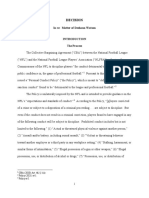0% found this document useful (0 votes)
653 views20 pagesFailure Mode and Cause Code in SAP
This document discusses failure modes and their use in maintenance planning. It defines a failure mode as any event that causes equipment to no longer function properly, consisting of the failed component, part, type of damage, and cause. Failure modes are used in SAP to record reliability data and develop preventative maintenance strategies. Consistent failure mode lists are important for both the SAP system and PMO planning to facilitate comparison of actual failures with maintenance strategies. Tradespersons can provide failure details when completing work orders to capture reliability information.
Uploaded by
Pedro ViegasCopyright
© © All Rights Reserved
We take content rights seriously. If you suspect this is your content, claim it here.
Available Formats
Download as PDF, TXT or read online on Scribd
0% found this document useful (0 votes)
653 views20 pagesFailure Mode and Cause Code in SAP
This document discusses failure modes and their use in maintenance planning. It defines a failure mode as any event that causes equipment to no longer function properly, consisting of the failed component, part, type of damage, and cause. Failure modes are used in SAP to record reliability data and develop preventative maintenance strategies. Consistent failure mode lists are important for both the SAP system and PMO planning to facilitate comparison of actual failures with maintenance strategies. Tradespersons can provide failure details when completing work orders to capture reliability information.
Uploaded by
Pedro ViegasCopyright
© © All Rights Reserved
We take content rights seriously. If you suspect this is your content, claim it here.
Available Formats
Download as PDF, TXT or read online on Scribd
/ 20



















